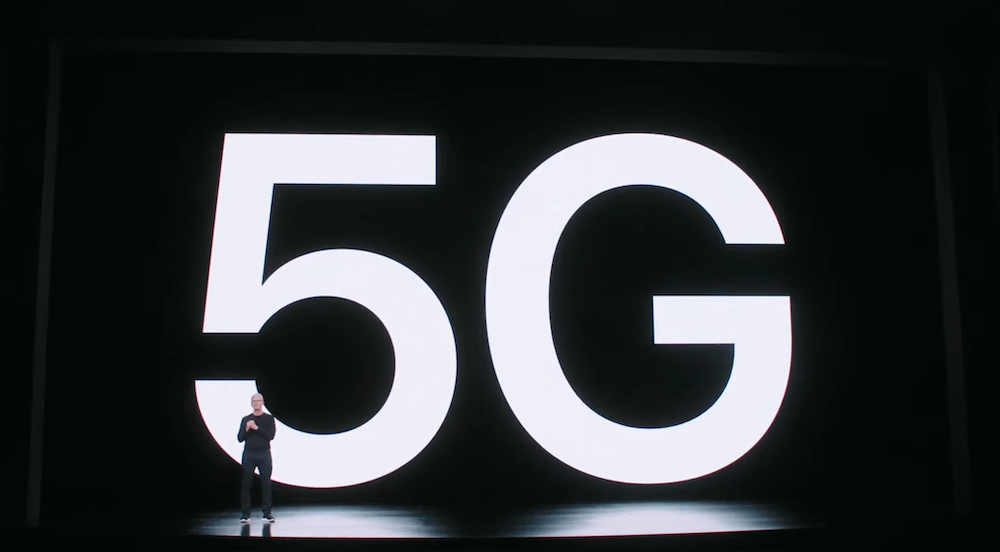Apple’s Silicon development teams have a big year coming

Apple didn’t just get into 5G with iPhone, it got into networking tech
Apple’s silicon development team have a big year coming – 2025 may see the world’s first mass market 2nm chips, and Apple’s first ever home-baked 5G modem.
It isn’t precisely news that Apple is working on its own 5G modems.
We’ve known this to be the case ever since the company slapped a billion dollars down to purchase Intel’s modem development business and also reached an expensive truce with Qualcomm.
Chasing for the 5G advantage
We also know the game is afoot. We know this because Qualcomm is bidding for parts of Intel’s remaining business, which suggests (patents being what they are) that Apple may find its current 5G modem supplier may end up owning some of the IP Apple has chosen to use in its own modem design precisely because Qualcomm didn’t own it.
We don’t know that, and it may simply be a slice of speculation that doesn’t check out. But I imagine Apple’s people will already be looking into that element of risk as work trundles along.
Original expectation was that Apple would have its own 5G chip inside iPhones by last year, but this shifted swiftly to 2025. Now the latest reporting is that 2025 is when the first iPhones using Apple’s own 5G modem chips will appear. DigiTimes reports Apple’s 5G modem will make its first appearance in the iPhone SE early in 2025, reaching other units in the Apple fleet in fall 2025. It won’t feature mmWave support, though the company is working to add this to its modem perhaps by 2027.
Why modems matter
Apple may also introduce its own self-developed Wi-Fi chip. Is this true? It is worth pointing out that just one month ago Digitimes said an Apple modem in iPhones was unlikely in 2025, so there is that.
Why is Apple working to ship its own 5G modem? Opinions differ, but it is thought the modem is one of the higher cost components on iPhones, and Apple may have ideas to combine all these elements onto one processor, making for even smaller devices, lower power consumption and/or better interoperability between hardware, components, and software.
The work may also lead Apple toward 6G devices in future.
Which leads me to the heart of the device, the processor.
Faster, smaller, longer too
There the news is that Apple will introduce 2nm chips in the high end iPhone 17 Pro series next year.
These will deliver more computational performance for less power than before, though a report says TSMC is experiencing low manufacturing yields, which is why only some iPhones will receive this chip.
(This news isn’t precisely new. TSMC reportedly demonstrated its 2nm process to Apple last year, of course these processors will be even more capable of handling the complexities of on-device edge AI).
Once it is introduced, the new processor should seal Apple’s industry advantage in terms of chip manufacturing and design, leaving even wider oceans between it and its competition.
Which includes Qualcomm.
Building tech for design opportunity
Of course, much of Apple’s processor design work has been focused on delivering bang for the buck, but there is little space left to go once you achieve 2nm process.
That’s also perhaps why Apple is investing deeply in 5G modem design, because it makes sense in terms of power efficiency to put the modem on the same SOC and doing that is way easier once you own the chip you’re making.
That’s why I think that’s the logical next step for a future Apple product, perhaps even the mythical Apple flip phone the company has been working on since 2014. Or, perhaps more plausibly, 5G-equipped Macs, perhaps even with satellite communications features built in.
Whatever the hardware turns out to be, the fact is that Apple’s low energy and powerful chip designs are in part what makes new products families possible. These processors equip the company’s design team with a license to thrill – assuming they get the freedom to dream without compromise.
Please follow me on LinkedIn, Mastodon, or join me in the AppleHolic’s bar & grill group on MeWe.




